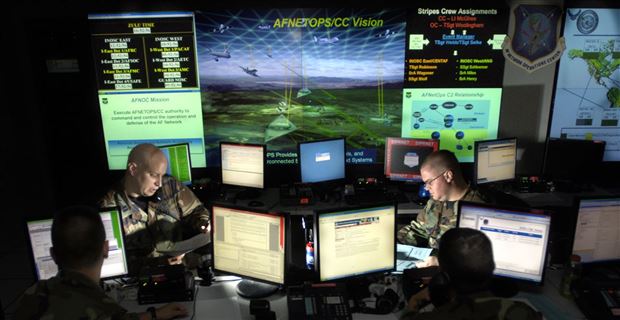
Last week while attending a conference where I was a speaker, I had the opportunity to listen to a U.S. government representative give a presentation on terrorism. One of the topics he discussed was the trend in recent years toward what he called "homegrown violent extremists" - individuals we at Stratfor refer to as grassroots jihadists.
The official noted how the vast majority of jihadist terrorist attacks in the United States in the post-9/11 era - and indeed all successful attacks - have been conducted by grassroots jihadists. As he discussed the challenges for authorities that grassroots jihadists operating under the leaderless resistance operational model present, the speaker showed a slide depicting the terrorist attack cycle on which, as he clicked, most of the steps in the cycle were marked off by red X's indicating that they didn't apply in cases involving grassroots jihadists conducting simple attacks.






/arc-anglerfish-arc2-prod-mco.s3.amazonaws.com/public/WCDAW2PLRREIREINHR4V2DWJ4A.jpg) Sgt. 1st Class Michael Deblock with the Vermont Army National Guard Computer Network Defense Team discusses new ways to make the exercise more challenging for cyber defenders with a fellow Red Cell team member during the 2014 Cyber Shield exercise at the National Guard Professional Education Center, North Little Rock, Ark. (U.S. Army Photo by Staff Sgt. Kelvin Green)
Sgt. 1st Class Michael Deblock with the Vermont Army National Guard Computer Network Defense Team discusses new ways to make the exercise more challenging for cyber defenders with a fellow Red Cell team member during the 2014 Cyber Shield exercise at the National Guard Professional Education Center, North Little Rock, Ark. (U.S. Army Photo by Staff Sgt. Kelvin Green)